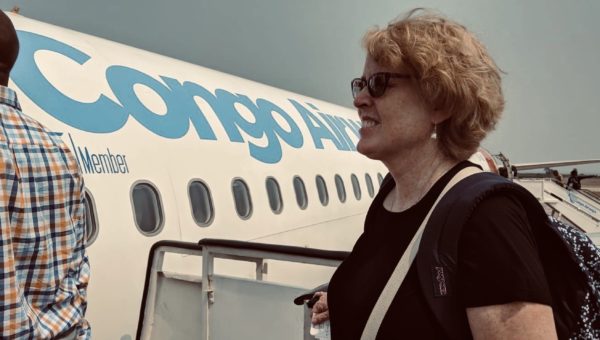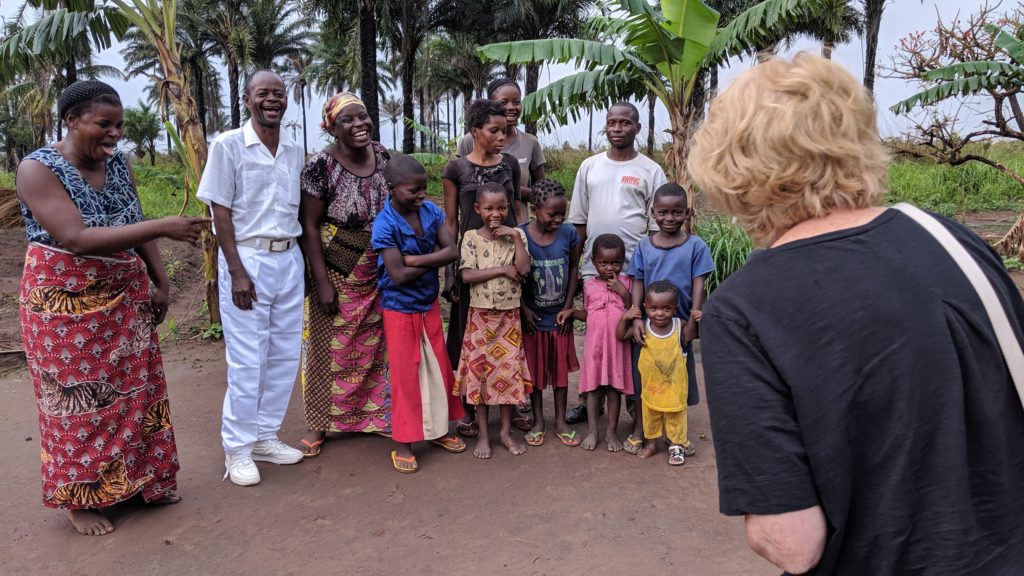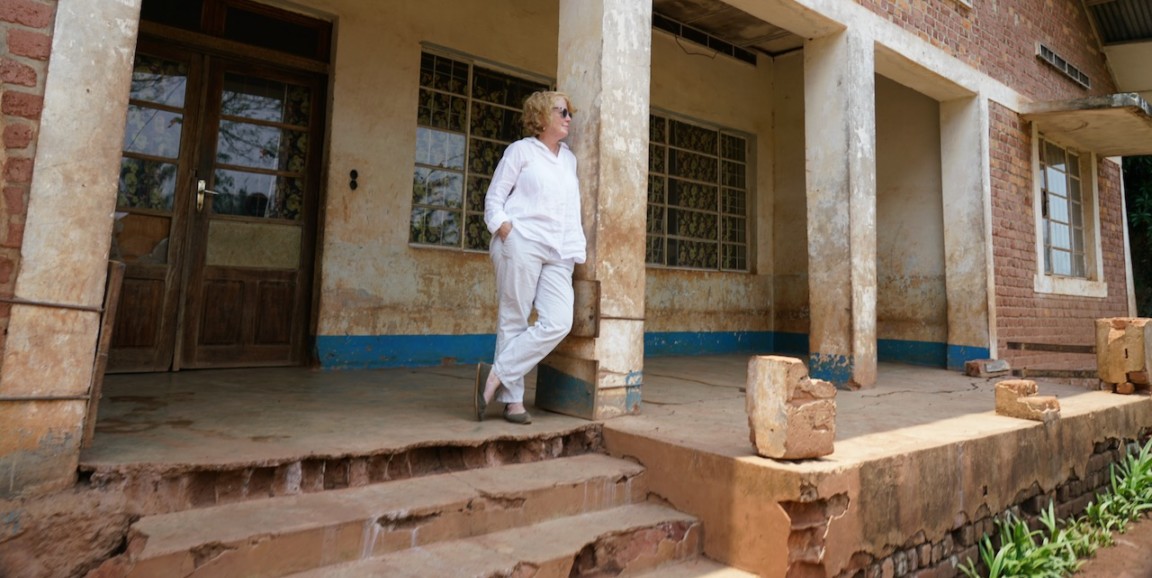When I was a Peace Corps volunteer in the Democratic Republic of Congo a few decades ago, measles wasn't a major problem.
But now, the death toll from measles in the Democratic Republic of the Congo has surpassed 6,000, nearly three times the number of those killed by the ongoing Ebola epidemic spreading in in the eastern part of this vast central Africa nation.
According to the World Health Organization, there were 310,000 suspected cases of measles cases reported in 2019, making it the worst outbreak anywhere in the world. Measles have been reported in every province and 90% of the deaths have been among children.
Having spent nearly all of last September in Congo, many have asked me how the highly infectious, yet easily preventable disease could scale so dramatically.
Where to begin?
During my three weeks in the country, I observed a near-total breakdown of government services. That didn't surprise me, as the country is always in turmoil. But the everyday difficulties of life now seemed magnified.
It took me five days to get from the capital of Kinshasa to Kananga, the provincial capital of Kasai Central in the heart of the country, because there are so few commercial airlines and flights. Though the United Nations has its own airline in the DRC, there typically are only one or two flights a day, so health workers are at the mercy of weather, technical delays, bureaucratic mix-ups and bribes.

Former health minister Oly Ilunga was arrested while I was in Congo for allegedly mismanaging $4.3 million in Ebola response money, a charge he denies. There are few medical facilities in the massive country, no functioning nationalized health care system and health insurance is a luxury. Most medical expenses are out-of-pocket in the DRC, where GDP per capita is a mere $561.
Xavier Crespin, chief of health for UNICEF in the DRC, said the measles outbreak is the worst and largest ever experienced in Congo.
Crespin told The Telegraph that lack of investment in health care over the last five years -- combined with vaccine shortages, low involvement of community and religious leaders, high rates of malnutrition and ongoing conflict -- have created a "national crisis."
There are fewer than 1,500 miles of paved roads in the massive country one-fourth the size of the United States, so most travel is done by river and dirt road. My Peace Corps village is only 60 miles south of Kananga, but it took us a day and a half to get there by 4-wheel drive due to mud slides, potholes, broken-down trucks -- not to mention the goats and chickens and mamas weighed down by bundles of manioc on their heads who were loath to get out of the way.
There were no cases of measles in Kamponde, the village where I served in the Peace Corps. I recently pinged a priest in Kamponde via WhatsApp -- the village still has no running water or electricity, but it recently got its first cell tower and mobile phones charging off small solar panels peppered many of the thatched roofs. Abbey Alain-Francois Tshibangu confirmed there still are no reported cases or deaths from measles in the village, "by the grace of God."
Also, I suppose, by the grace of rural isolation.
During my two years in this village and then again on my three return trips, I watched many children die from malaria and adults by complications from AIDS. During my last visit in 2006 I sat on a mud-packed floor by an old friend. Marie lay dying on a rattan mat, unable to eat or drink, ostracized from villagers who still called her malady "the four-letter word."
But at those times, measles was under control. Most kids got vaccinated through national and NGO campaigns.

"Years of neglect and corruption within the health care system allows diseases like measles to come back with a vengeance and kill thousands of children," my friend Jim Mukenge, a DRC parliament deputy who represents Kasai Central, told me. "And in the Kasai, where a serious resurgence of measles is observed, you're looking at the interruption of vaccination coverage due to conflict, a displaced population, lack of funding and mismanagement."
The vaccination rate of only 50%, far below the global coverage rate for the first dose of measles vaccines at about 85% in 2018.
"Given that measles is readily preventable with effective immunization campaign, and is also so readily transmissible if allowed to spread, any outbreak in this day and age is a reflection of lower-than-acceptable vaccination rates," Stanford Health Policy's Eran Bendavid, MD, told me.
Bendavid said poor vaccination rates are commonly observed in areas of the world that are either extremely poor, extremely hard to reach, or are characterized by instability.
"And Congo is all three," Bendavid said. "Moreover, the growing hostility towards health care workers in the past few years has made it such that humanitarian and health facilities close down in many areas."
More than 300 attacks on health care workers and facilities were recorded in 2019.
"My sense is that outbreaks like Ebola, while admittedly complex, have much more serious implications for non-Ebola health conditions, resulting from diverting scarce and thin resources from other priorities," Bendavid said.
What can be done?
The situation is dire. But UNICEF -- one of the leading facilitators of childhood vaccines in the DRC -- has a plan (which a UNICEF officer shared with me) that includes organizing free medical care for all cases of measles and strengthening the surveillance of the disease.
"The measles epidemic cannot be prevented in the DRC because the hygienic conditions are disastrous," Congo physician Dominique Tshikabu Tontodi, MD, told me. "Children are not getting vaccinated. Then, the wars in certain regions make health professionals unable to work there for fear of being killed."
Beth Duff-Brown is the communications manager for Stanford Health Policy.
Photos by Nick Davila






